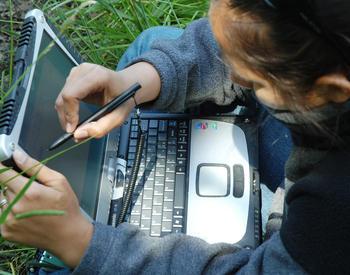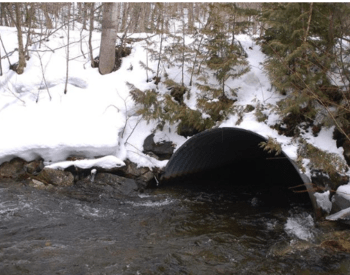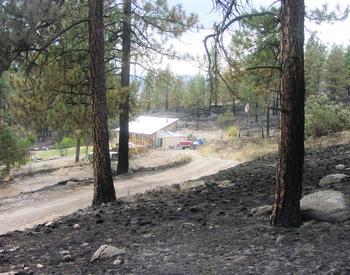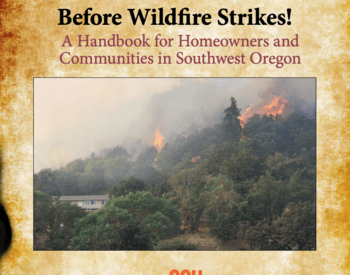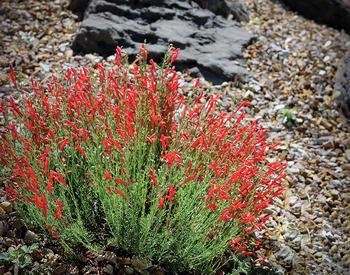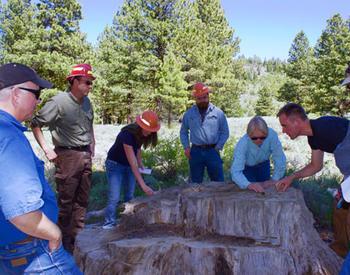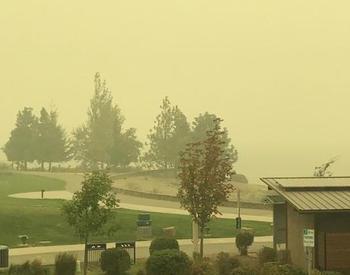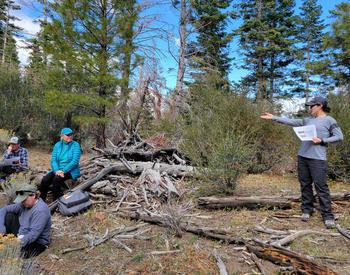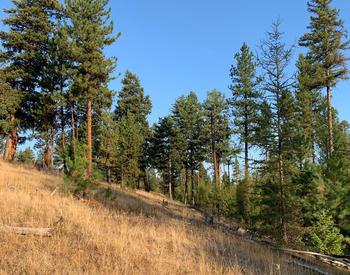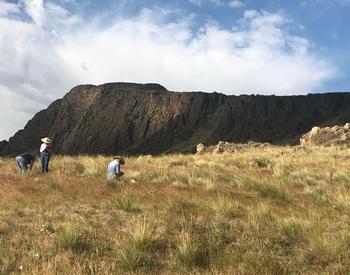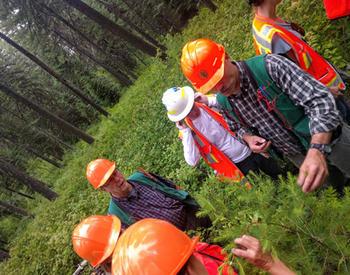Once the smoke has cleared after wildfires, the full extent of the damage becomes more apparent. Often the fires are not completely out, which leaves the data still coming in.
OSU Extension Forestry, Oregon Department of Forestry and other partners collaborate to meet the need for assistance with post-fire assessment and recovery in the forest, including assessment of damaged trees and planning for salvage harvest and reforestation.
Local capacity to help landowners get the work done includes foresters, loggers, tree planters and nurseries to supply the need for tree seedlings. The supply of these services and supplies may take some time to ramp up to meet the needs.
In wild forests, recovery after fire, including natural regeneration of trees, may take 10 to 15 years. While we usually strive for immediate site preparation and planting, it may take two to three years to deal with all the acres burned, which will still provide a relatively rapid recovery.
Dedicated efforts of firefighters and first-responders — both official and unofficial — need continuing support for them to help us all in the future and is a big part of our ongoing effort to prepare communities for wildfire. As I visit landowners in various neighborhoods affected by fires, just about everyone has a story of how they or some of their neighbors used their equipment, knowledge and skills to successfully fight the fires.
As in most disasters, a big lesson from these fires is that you can’t assume that help from others will come when you need it — be prepared, use your judgment and take action when needed.
Woodland owners in general are independent, proactive and prepared. But when it comes to fire in western Oregon, we may still be caught off-guard when it happens. As a forester and woodland owner myself, I think it is important to continue seeking guidance and training in order to be prepared to take appropriate and effective action.
As part of our effort to provide post-fire assistance, we have offered a series of recorded webinars and online resources for After the Fire.
Preparing for more fire
Reducing the potential severity of fire in the relatively wet forests of western Oregon is challenging due to the rapid regrowth of vegetation. In the dry forests of southwest Oregon or east of the Cascades, removal of accumulated fuels (pine needles, branches, shrubs, small trees, etc.) can effectively change the forest back to a “low-severity” fire type. That means the level of fire damage will be low the next time it burns. In the moist forests of western Oregon, a pattern of infrequent but severe “stand replacement” fire is often the natural condition.
Maintaining low fuel hazards across large areas of productive moist forest may not be feasible to the extent needed to resist those rare intense fires driven by extreme fire weather. But we can manage forests to change fire behavior during less extreme conditions and at the interface between wildlands and developed areas.
Fortunately, there are steps that can be taken to reduce the risk of losing your home and woodland to damaging and deadly wildfire. These include:
- Focus on strategic reduction of fuels at the interface between dense forests and communities or infrastructure.
- Promote building with materials and designs that resist ignition from embers – in both new construction and retrofitting.
- Accomplish home landscape management and fuels reduction in the home ignition zone across neighborhoods.
- Ensure ingress and egress for all and access for firefighters.
- Reduce human-caused ignitions due to carelessness, powerlines and other sources.
- Prepare communities for evacuation.
We need to increase our investment and commitment to implement the National Cohesive Wildland Fire Management Strategy. This strategy is a push to work collaboratively among all stakeholders and across all landscapes, using best science, to make meaningful progress toward the three goals:
- Resilient landscapes.
- Fire-adapted communities.
- Safe and effective wildfire response.
To pursue this in Oregon, our Extension Fire Program is moving forward with six new faculty coming on board this year. The Extension Fire Program website is your gateway to resources on all aspects of preparing for fire and recovering from fire.



